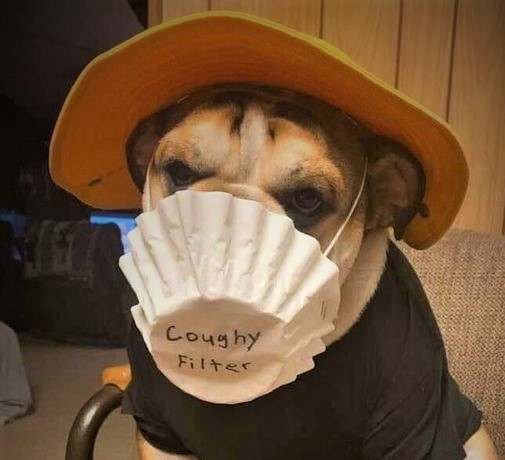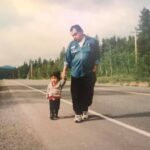When Jerry’s No Frills in Smithers announced earlier this summer that customers would have to wear a mask inside the store, not everyone was convinced that the policy was necessary. “It is a false sense of security,” one person argued at the time.
Are masks really that important, or is everyone overreacting?
That was one of the questions answered by Dr. Tara Moriarty, one of Canada’s foremost infectious disease experts, during a recent virtual event hosted by Skeena Strong called “Fighting COVID In The Skeena.”
“What happens is that a person gets infected with coronavirus. They start making it, their cells like little factories, they start making tons and tons of this virus. If they sneeze or cough, or in some cases, breathe it out heavily from deep within their lungs, they can expel droplets that contain that virus into the air. There are two kinds of droplets. There are large ones, and these are big particles or big droplets of liquid,” Dr. Moriarty said.
She went on, “the large droplets fall pretty fast down to the ground. They drop onto surfaces, floors, surfaces, objects, things we touch frequently like phones and other things.”
That’s why it’s so important that we stay vigilant about washing our hands. But the small droplets are where masks become important.
Dr. Moriarty used the analogy of a rainstorm. There are the heavy raindrops we see falling all around us, and then there is the mist that floats in the air. That’s what the small droplets containing coronavirus are like.
“They’re very small and they hang there for a while in the air,” she said. “People can breathe them straight in, because they’re hanging in the air like mist, and this can cause the virus to infect the lungs and the nose and inside the mouth.”
She went on, “when people wear masks, if they cough or sneeze or talk loudly, that mask is going to stop quite a bit of those droplets that are spraying out. That really reduces the chances, but doesn’t eliminate it at all, for people around them to catch the virus. So you’re going to infect fewer people.”
For the wearer, masks offer some protection. But they aren’t a perfect solution. The important thing to keep in mind is that nothing is.
“We just have to combine different forms of protection and hope that we’re not going to get sick,” Dr. Moriarty said.
In addition to the thought-provoking and energetic Facebook live conversation, the live event also featured a team of Canada’s top health scientists from COVID-19 Resource Canada answering questions in the comments thread below. That meant that anyone in the live audience who commented or asked a question during the show had instant access to some of Canada’s brightest minds at their fingertips.
We’ll be posting more in-depth pieces on key takeaways about COVID over the coming week. And be sure to check out future events with Dr. Moriarty, which we’ll be running throughout the Fall.




